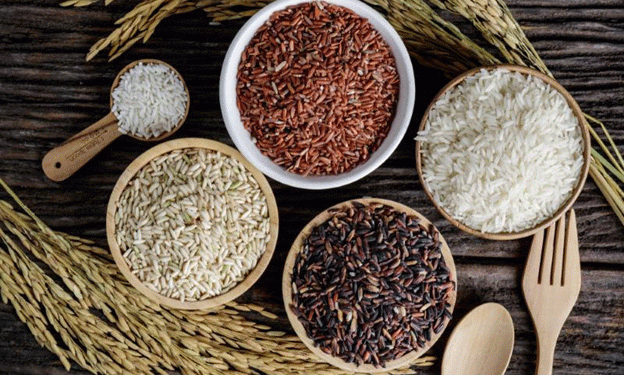A Breakthrough in Functional Agriculture: Rice with CoQ10
In a significant step toward functional foods and biofortification, a team of Chinese scientists from the Shanghai Key Laboratory of Functional Genomics and Plant Resources has developed a genetically edited rice variety that synthesizes Coenzyme Q10 (CoQ10).
CoQ10 plays a crucial role in cellular energy production, acts as a powerful antioxidant, and is widely recognized for its heart-protective and anti-aging properties. However, the body’s natural production of CoQ10 declines with age, making dietary sources increasingly important.
Using gene-editing technology, the researchers modified the rice genome to enable endogenous production of CoQ10, making it the first known rice variety capable of synthesizing this vital compound.
Why Is CoQ10 Important?
- Supports Heart Health – CoQ10 helps generate energy in heart cells and reduces oxidative stress, lowering the risk of cardiovascular diseases.
- Antioxidant Protection – Acts as a defense against free radicals, slowing down cellular aging.
- Boosts Energy Production – Essential for mitochondrial function, supporting overall physical performance and endurance.
CoQ10 in Diet and Agriculture
Currently, CoQ10 is primarily obtained from:
- Animal products (meat, fish, and dairy)
- Supplements (widely used for cardiovascular support)
- Grains and vegetables (which typically produce CoQ9, a less bioactive form)
The development of CoQ10-rich rice could revolutionize nutrition and agriculture, offering a natural dietary source for populations at risk of cardiovascular disease.
The Future of Functional Crops
This research aligns with a growing trend toward biofortified crops—plants genetically enhanced to improve their nutritional value. Other notable examples include:
- Golden Rice – Engineered to produce Vitamin A to combat deficiency-related blindness.
- High-Zinc Wheat – Developed to address micronutrient deficiencies in developing countries.
If successfully commercialized, CoQ10-enriched rice could be integrated into heart disease prevention programs, functional food markets, and agricultural innovation policies worldwide.





